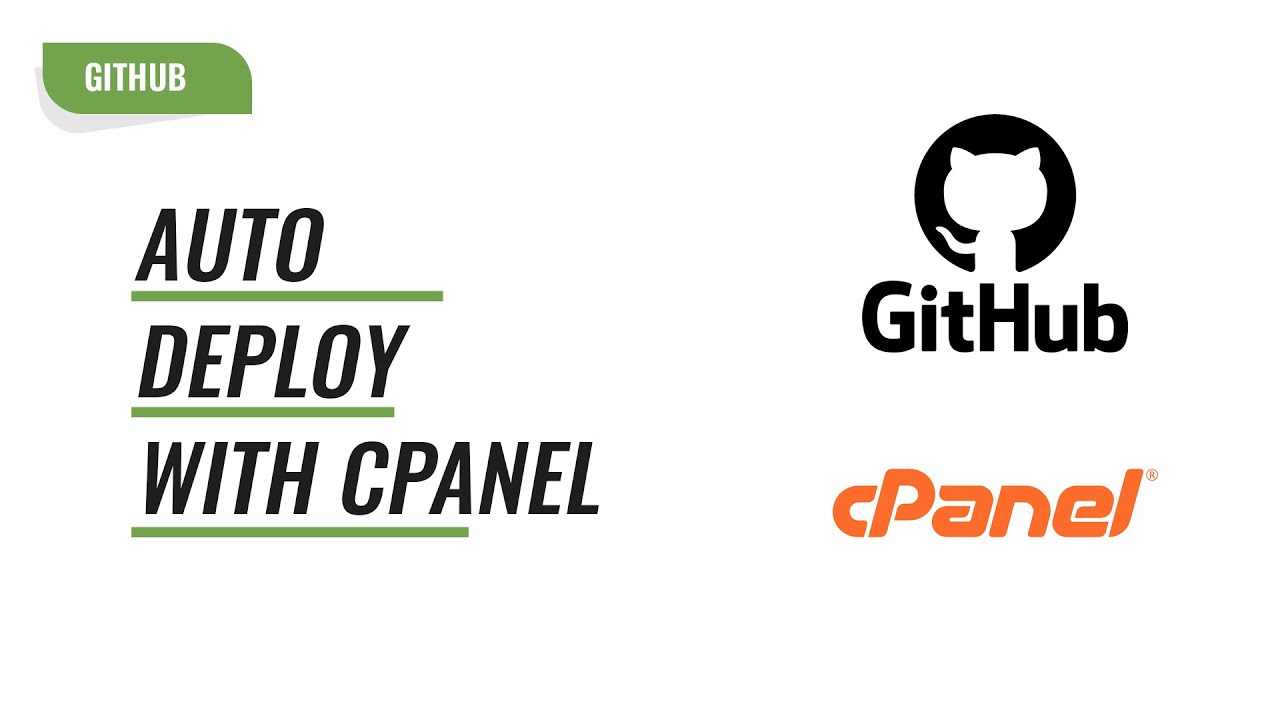
GitHub, the renowned platform for version control and collaborative software development, has become a cornerstone for modern development workflows. In this guide, we delve into the essential aspects of GitHub usage and explore the intricacies of updating your repositories through Git. Whether you're a seasoned developer or just starting, this guide will equip you with the knowledge to navigate GitHub effectively.
A- Understanding GitHub Usage
1. Repository Creation:
Start by creating a repository on GitHub to host your project. Initialize it with a README file, license, and .gitignore file to set the foundation for version control.
2. Branching and Collaboration:
Explore the power of branching for parallel development. Create feature branches, collaborate with team members, and merge changes seamlessly. Leverage pull requests for code reviews and discussions.
3. Issue Tracking:
Use GitHub's issue tracking system to manage tasks, enhancements, and bugs. Ensure clear communication within your team by associating issues with specific milestones and projects.
4. GitHub Actions:
Implement continuous integration and deployment using GitHub Actions. Automate your workflows, run tests on every push, and deploy with confidence using predefined or custom workflows.
B- Updating Repositories with Git
1. Cloning a Repository:
Clone a repository to your local machine using the git clone command. This establishes a connection between your local environment and the GitHub repository.
2. Fetching and Pulling Changes:
Regularly fetch changes from the remote repository using git fetch. To update your local branches, use git pull. This ensures your local copy is synchronized with the latest changes.
3. Creating and Merging Branches:
When working on new features or bug fixes, create branches using git checkout -b branch_name. After making changes, merge them into the main branch with git merge.
4. Resolving Merge Conflicts:
In collaborative projects, conflicts may arise during merges. Resolve conflicts by manually editing the affected files, marking conflicts as resolved, and finalizing the merge.
5. Pushing Changes:
Share your local changes with the GitHub repository by using git push. This updates the remote repository with your latest commits.
C- Best Practices for Effective GitHub Usage
1. Commit Messages:
Write clear and concise commit messages. Follow a consistent format to convey the purpose of each commit effectively.
2. README and Documentation:
Maintain a comprehensive README file and documentation within your repository. Clearly articulate project goals, setup instructions, and contribution guidelines.
3. Collaborative Workflows:
Encourage collaborative workflows within your team. Establish branch naming conventions, use labels for issues, and conduct regular code reviews.
4. Security Considerations:
Regularly review and update dependencies to address security vulnerabilities. Leverage GitHub's security features to scan for potential threats.
Conclusion
By mastering GitHub's features and incorporating efficient Git practices, you empower yourself to navigate the complexities of modern software development. GitHub isn't merely a version control platform; it's a collaborative hub that fosters innovation, transparency, and efficient code management. Embrace these usage guidelines and update strategies to elevate your development journey with GitHub.








